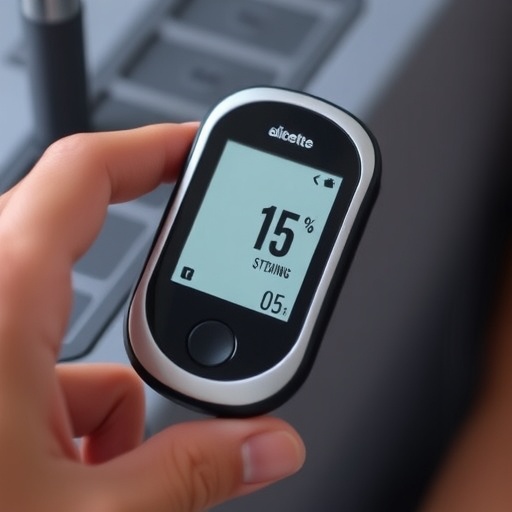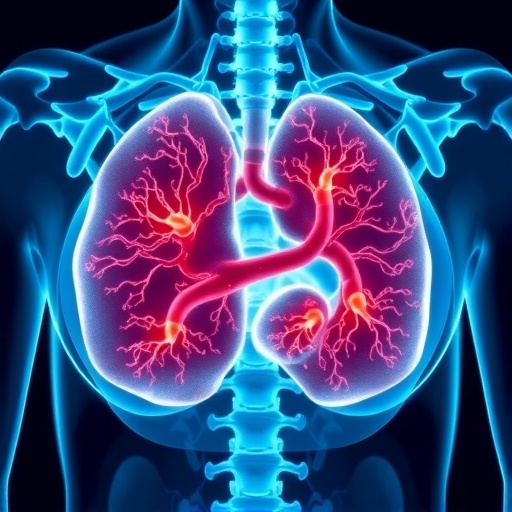Young athletes who do not achieve a 90 percent score on a battery of tests that measure fitness to return to athletic competition, including quadricep strength, are at increased risk for a second knee injury, according to research presented at the Annual Meeting of the American Orthopedic Society of Sports Medicine.
Orthopedic surgeons and sports medicine professionals have established return-to-sports criteria to help guide patients as they consider participating in athletic competition after injury. Researchers pointed to the strength of the quadricep as one of the most important measures to predict risk for further injury to the anterior cruciate ligament.
Researcher Dr. Mark V. Paterno, Division of Sports Medicine, Cincinnati Children’s Hospital, Cincinnati, and fellow researchers followed 181 patients, average age 16 years old, for two years.
Each patient was given a return-to-sport assessment that included six tests: isometric quadriceps strength, four functional hop tests and the International Knee Documentation Committee (IKDC) patient reported outcome survey. Limb symmetry index was calculated for strength and hop test assessments. Subjects were classified as patients who successfully passed all six return-to-sport tests at a level of 90 compared to those that failed to meet all six criteria.
The researchers sought to determine if successfully passing all six measures resulted in a reduced risk of second ACL injury in the first 24 months after returning to their sport, as well as to assess if ability to successfully pass individual return-to-sport criteria resulted in reduced risk of a second ACL injury.
Of the 181 patients enrolled, 39 suffered a second ACL injury with 18 ipsilateral graft failures and 21 contralateral ACL tears in the first 24 months after RTS following surgery. At the time of return-to-sport assessment, 57 patients achieved 90 percent or greater on all testing.
When individual return-to-sport criterion were evaluated, patients who failed to achieve 90 percent quadricep strength were 84 percent less likely to suffer an ipsilateral graft failure but three times more likely to suffer a contralateral ACL injury.
The doctors reported that current criteria to evaluate readiness to return young athletes to pivoting and cutting sports may not identify young, active patients independently at high risk for a future ipsilateral graft tear or contralateral ACL injury.
“Further investigation is needed on the relationship between quad strength and side of future ACL injury and whether other factors may help contribute to a predictive model of future ACL injury specific to limb,” said Paterno.
###
The American Orthopaedic Society for Sports Medicine (AOSSM) is the premier global, sports medicine organization representing the interests of orthopaedic surgeons and other professionals who provide comprehensive health services for the care of athletes and active people of all ages and levels. We cultivate evidence-based knowledge, provide extensive educational programming, and promote emerging research that advances the science and practice of sports medicine. AOSSM is also a founding partner of the STOP Sports Injuries campaign to prevent overuse and traumatic injuries in kids.
Contact: Christina Tomaso, AOSSM Director of Marketing Communications at 773.386.9661 or e-mail [email protected]
Media Contact
Christina Tomaso
[email protected]
https:/




